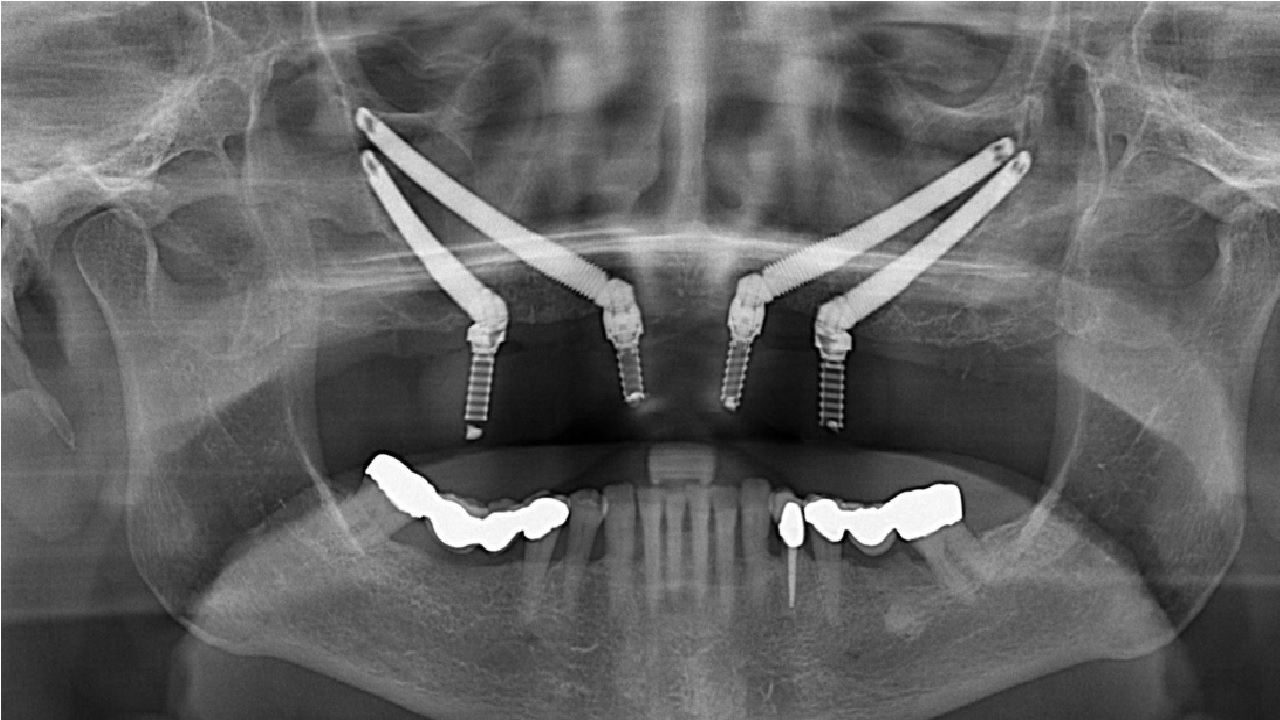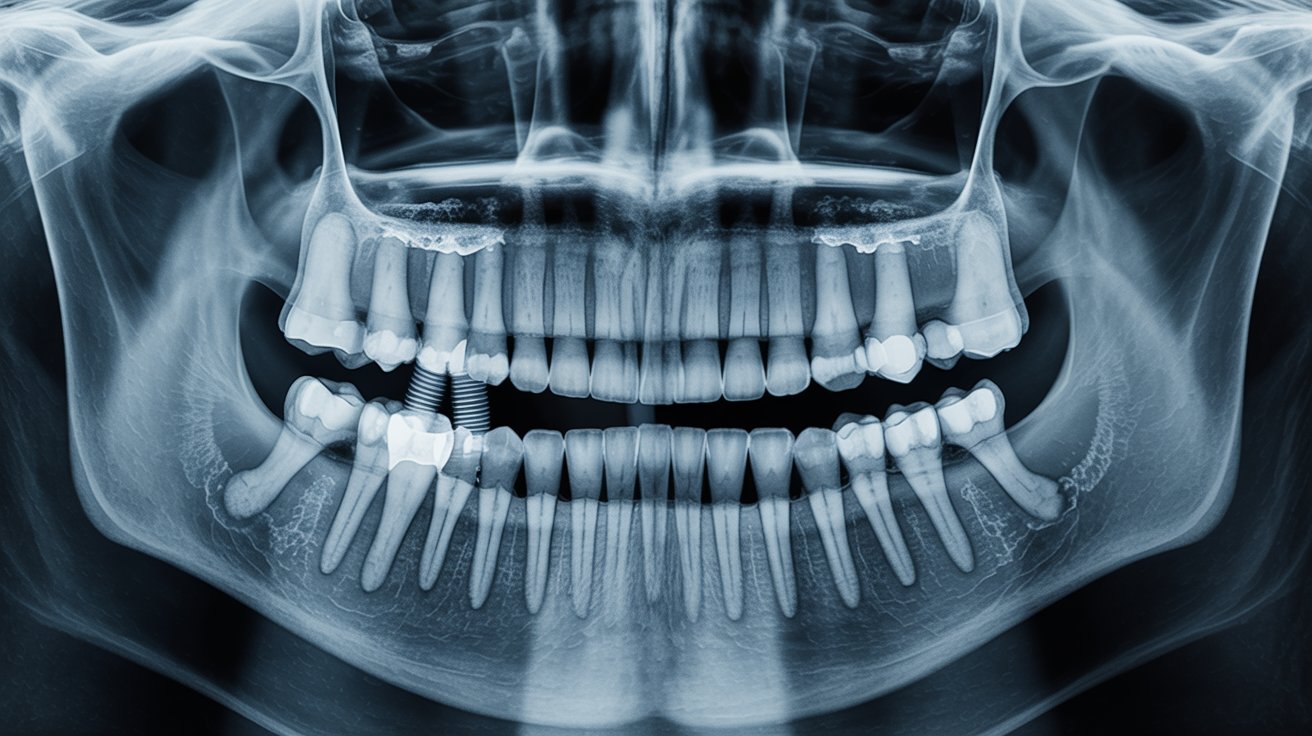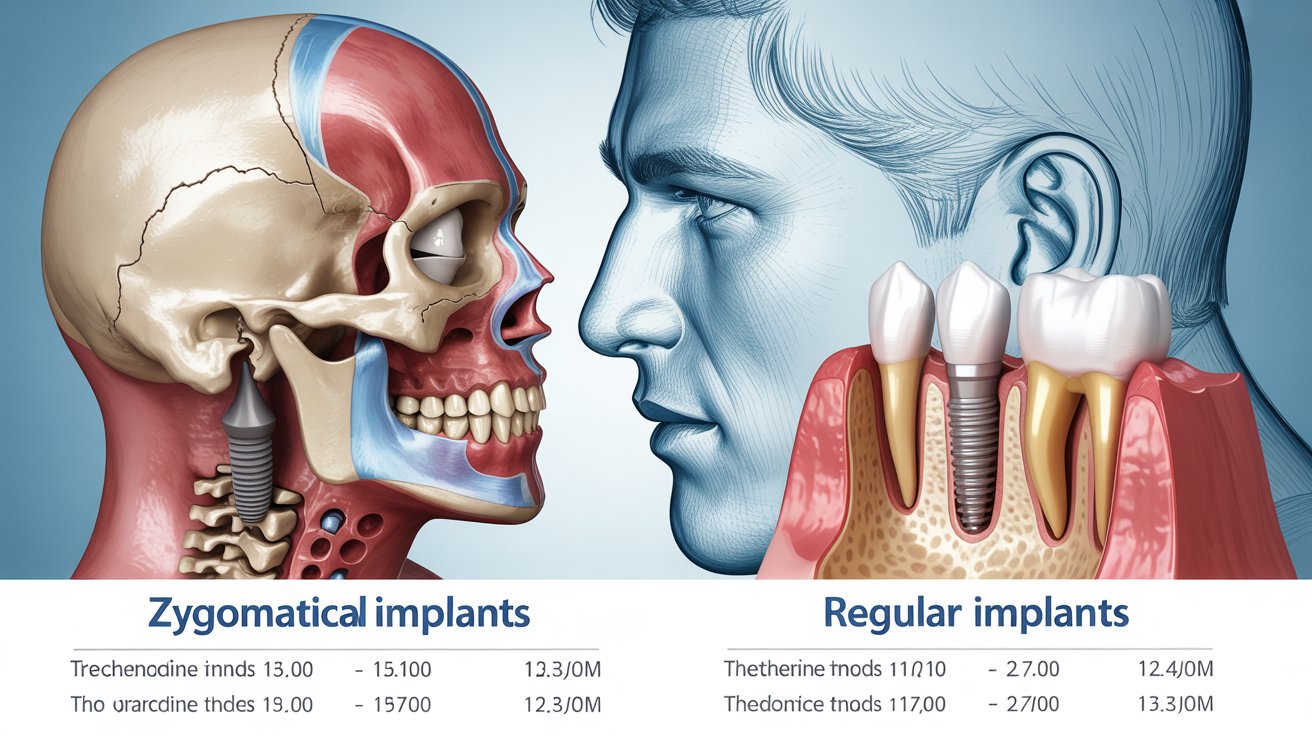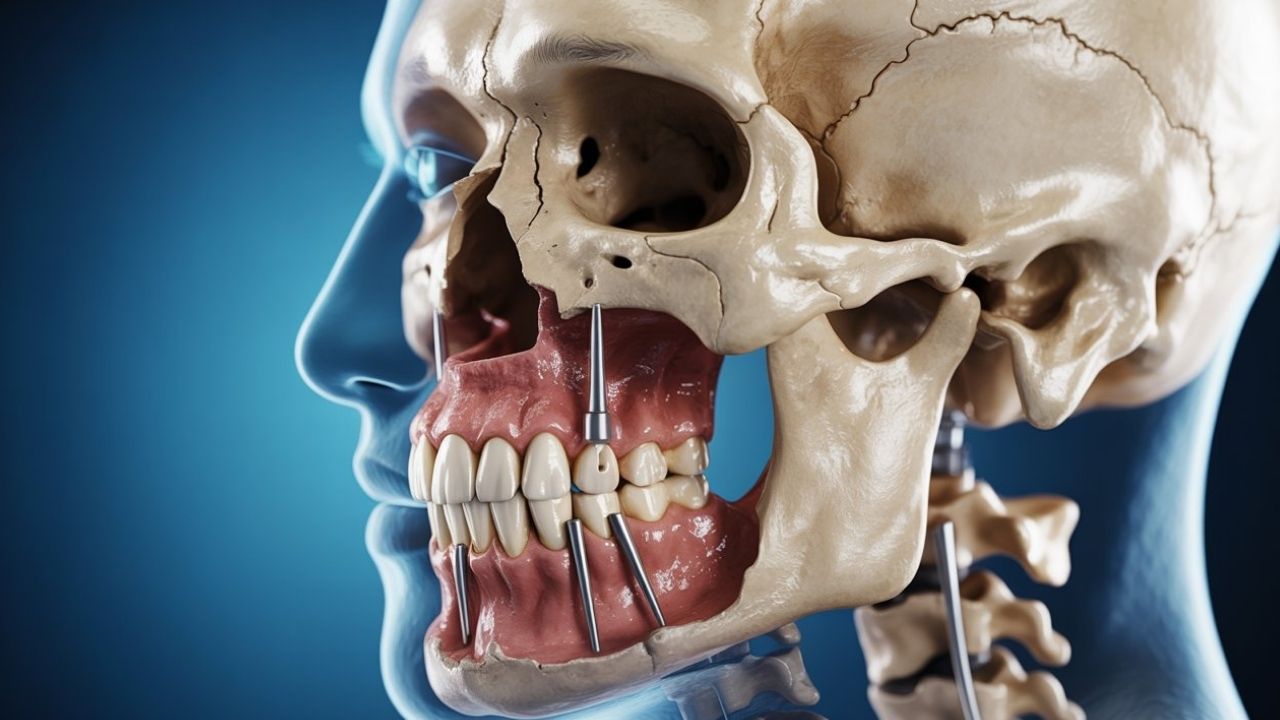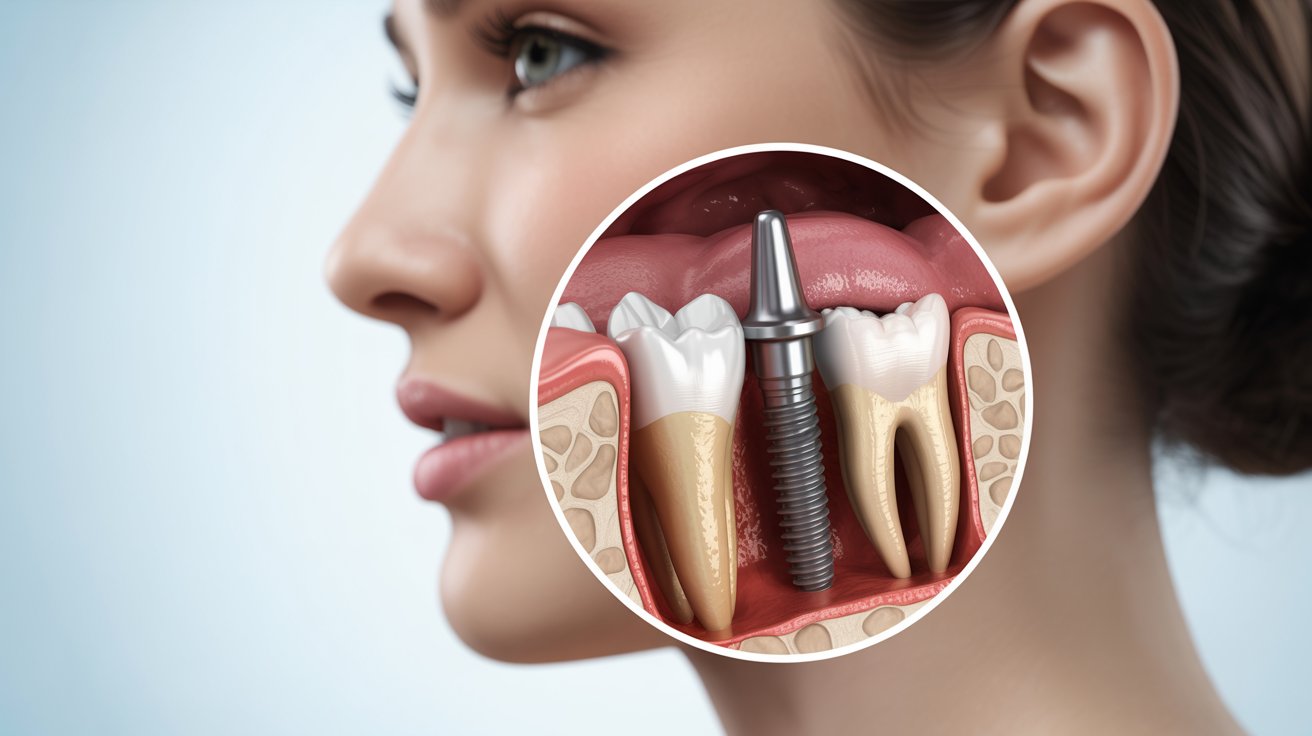Zygomatic Dental Implants are a groundbreaking solution for patients with severe bone loss in the upper jaw who are not suitable for conventional implants. Designed to anchor directly into the cheekbone (zygoma), these implants eliminate the need for bone grafting and allow immediate function. In this detailed guide, we explain what Zygomatic Dental Implants are, who they are for, and how the procedure is performed step by step.
What Are Zygomatic Dental Implants?
Zygomatic Dental Implants are extra-long implants that secure into the zygomatic bone, a dense structure located in the midface. This innovative technique was first introduced by Professor Per-Ingvar Brånemark and has since become a predictable option for full-arch rehabilitation in patients with extreme maxillary atrophy. Unlike traditional implants that depend on the alveolar bone, zygomatic implants bypass resorbed areas and anchor in the solid cheekbone, offering exceptional stability and immediate restoration potential.
Why Zygomatic Dental Implants Are Different from Traditional Implants?
If you wonder about to decide Zygomatic Dental Implants vs Traditional Implants , you should contact with Prof. Dr. Celal Çandırlı. Traditional dental implants require sufficient jawbone height and density for placement. Patients with long-term tooth loss, trauma, or previous failed grafts often lack adequate bone. Zygomatic Dental Implants solve this problem by using the zygoma instead of the maxilla, eliminating the need for sinus lifts or bone grafting. This means faster recovery, fewer surgeries, and an immediate fixed prosthesis — often within the same day of surgery.
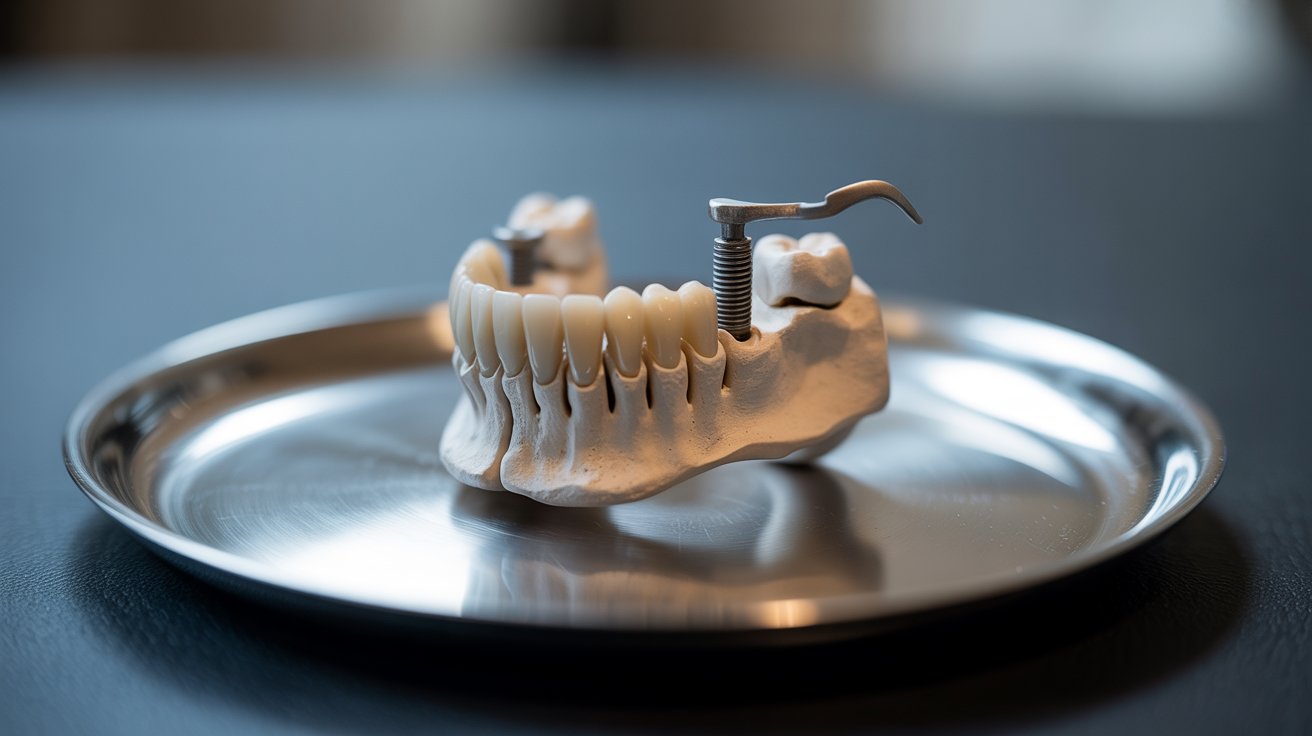
Anatomical Principle of Zygoma
The zygomatic bone provides an excellent anchorage point due to its high cortical density and proximity to the oral cavity. Implant lengths vary between 30 mm and 55 mm, extending from the residual alveolar crest through the sinus to the zygomatic body. This unique trajectory enables secure fixation even in patients with zero bone volume in the posterior maxilla.
Indications for Zygomatic Dental Implants
These implants are indicated in patients who:
- Have severe maxillary bone loss or sinus pneumatization preventing standard implants
- Experienced failed sinus lifts or bone graft procedures
- Require reconstruction after trauma or tumor resection
- Desire a graftless full-arch rehabilitation solution
- Seek immediate functional loading without long healing times
Contraindications
Despite their versatility, Zygomatic Dental Implants are not suitable for every patient. Contraindications include active sinus infections, untreated systemic conditions such as uncontrolled diabetes, or inadequate zygomatic bone density. Proper evaluation by a maxillofacial surgeon using CBCT imaging is crucial before proceeding.
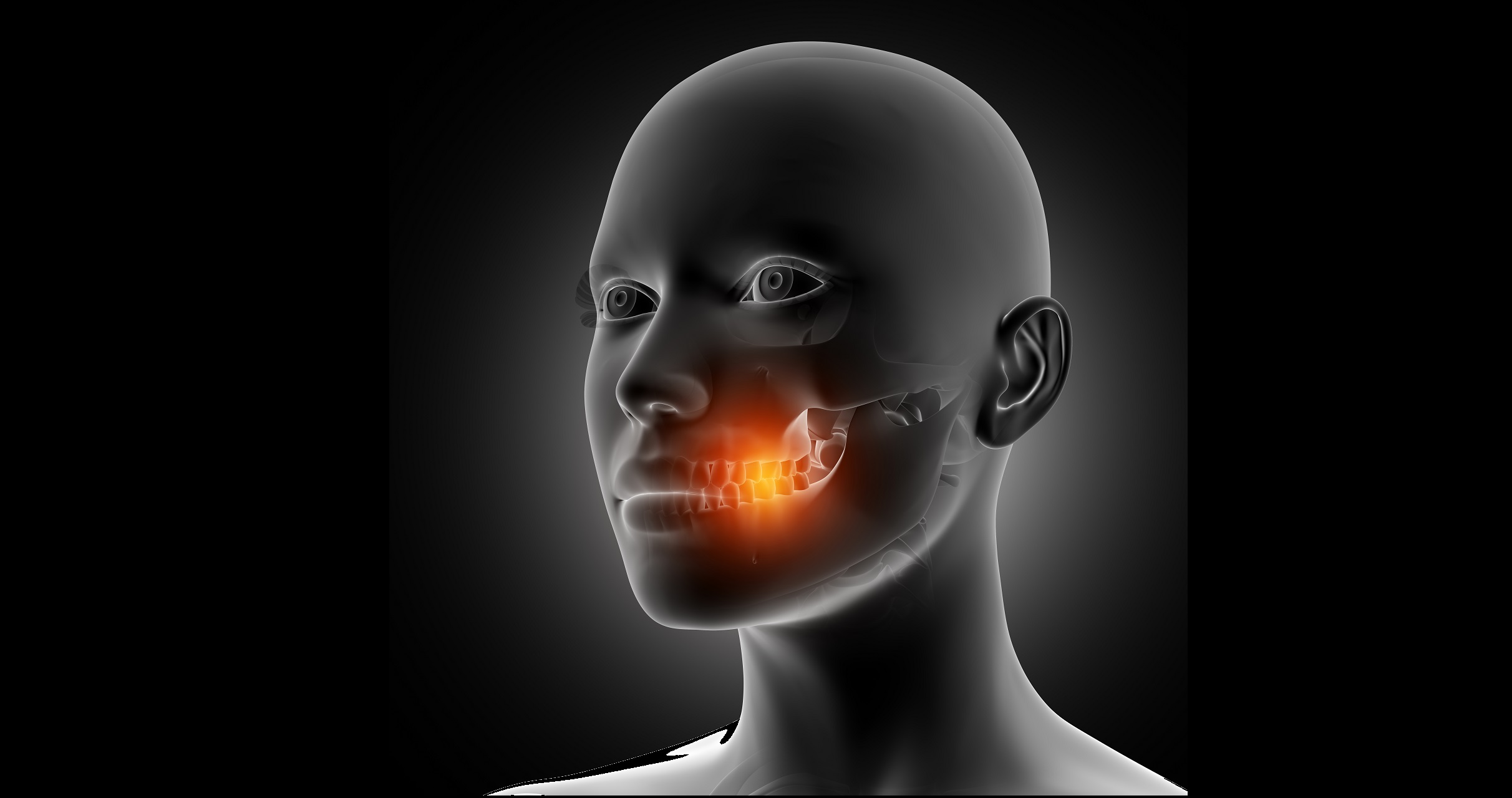
Preoperative Planning
Successful placement of Zygomatic Dental Implants relies on precise planning and advanced imaging technology. The process typically includes:
| Planning Step | Description |
|---|---|
| 3D CBCT Imaging | Used to evaluate sinus anatomy, zygomatic bone dimensions, and nearby vital structures before surgery. Provides a detailed map for safe and precise implant placement. |
| Digital Simulation | Specialized surgical planning software determines implant trajectory, length, and angulation based on prosthetic design to ensure accuracy and avoid anatomical complications. |
| Prosthetic Blueprint | A prosthetics-driven workflow that aligns surgical positioning with ideal prosthetic emergence, function, and aesthetics, ensuring long-term comfort and hygiene access. |
| Medical Clearance | A complete medical and systemic evaluation is performed to assess surgical risk, identify contraindications, and ensure the patient is fit for anesthesia and implant placement. |
How to Perform Zygomatic Dental Implants Step by Step
The surgical technique for Zygomatic Dental Implants is complex and should be performed by an experienced oral and maxillofacial surgeon. The procedure can be completed under local anesthesia with sedation or general anesthesia depending on case complexity.
1. Incision and Flap Reflection
A crestal incision is made in the edentulous ridge followed by a full-thickness mucoperiosteal flap elevation. This allows direct visualization of the maxillary sinus and the lateral zygomatic surface. Proper flap management is critical to avoid soft-tissue tension and ensure postoperative healing.
2. Osteotomy Preparation
The surgeon drills through the alveolar crest, passes through the maxillary sinus, and engages the zygomatic bone under continuous irrigation. Using a sequential drilling protocol with special long burs, the osteotomy is created following the preplanned trajectory. The sinus membrane is gently displaced without perforation.
3. Implant Placement
The Zygomatic Dental Implant is carefully inserted through the prepared channel until optimal torque and primary stability are achieved. Implant angulation is adjusted to align with the planned prosthesis. Typically, the coronal part of the implant emerges near the first molar or premolar region.
4. Prosthetic Connection and Immediate Loading
When bone stability allows, temporary abutments are connected, and a fixed provisional bridge is delivered within 24 hours. This “immediate function” approach significantly enhances patient satisfaction by restoring chewing and speaking ability almost instantly.
5. Postoperative Care
Patients are prescribed antibiotics and analgesics to minimize discomfort and prevent infection. Sinus precautions, gentle hygiene, and follow-up visits are essential. Within 3–6 months, the definitive prosthesis is fabricated once soft-tissue adaptation and osseointegration are complete.
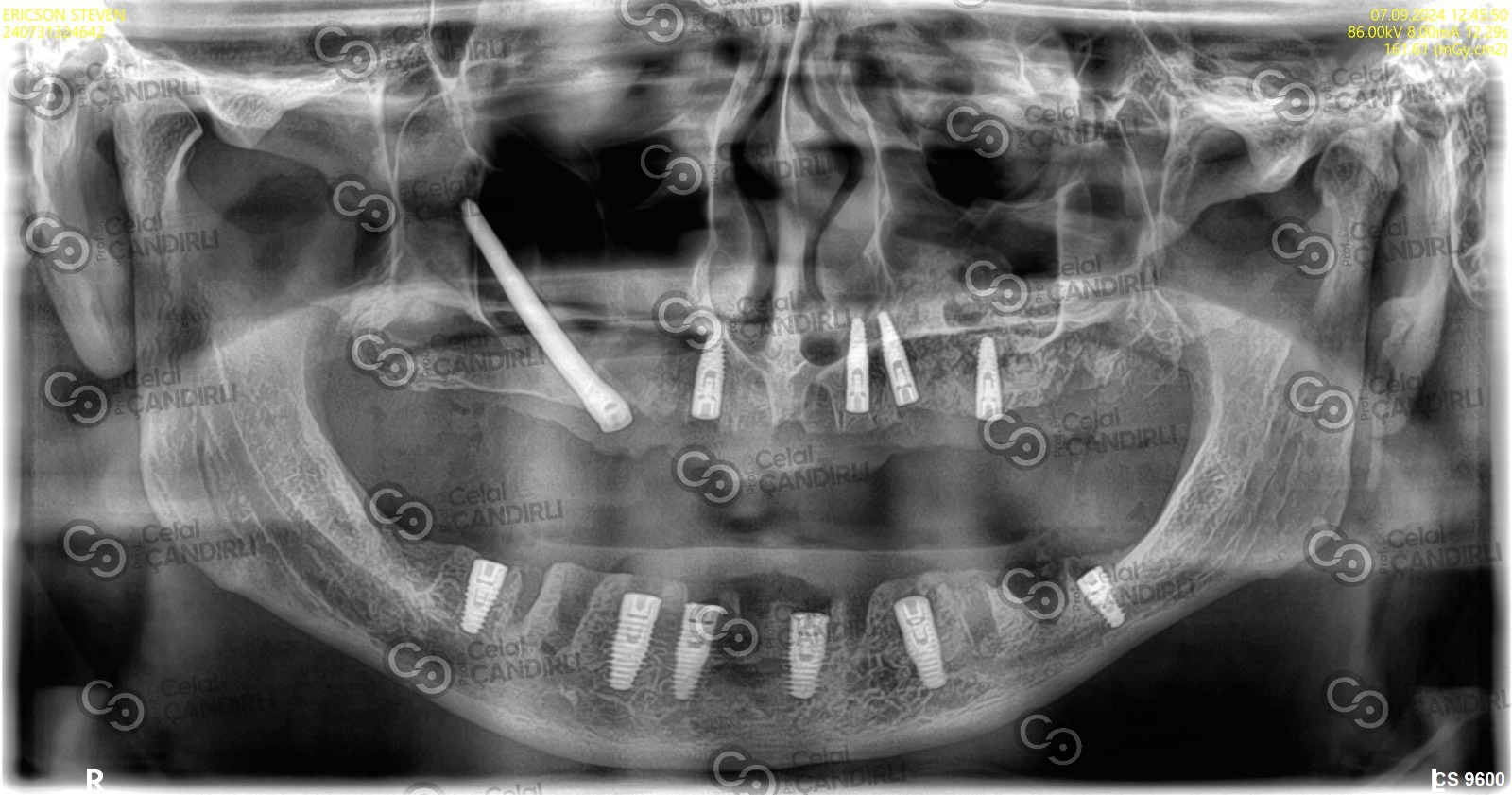
Techniques and Variations
Depending on bone availability and the number of implants required, several configurations exist:
| Technique | Description |
|---|---|
| Single Zygoma Technique | Involves placing one zygomatic implant on each side of the maxilla, combined with anterior conventional implants. Ideal for patients with moderate posterior bone loss who still have adequate anterior bone volume. |
| Quad Zygoma Technique | Uses two zygomatic implants on each side of the upper jaw, allowing full-arch rehabilitation without bone grafting. Commonly applied in cases of severe maxillary atrophy or complete bone deficiency in the posterior maxilla. |
| Extra-Sinus and ZAGA Techniques | Modified implant pathways designed to minimize sinus involvement and enhance prosthetic emergence. The ZAGA (Zygoma Anatomy-Guided Approach) concept customizes implant trajectory based on individual anatomy for safer and more aesthetic outcomes. |

Advantages of Zygomatic Dental Implants
The advantages of Zygomatic Dental Implants are numerous and well-documented:
- No bone grafting required — shorter treatment duration and reduced morbidity
- Immediate loading and restoration of function
- High implant stability in dense zygomatic bone
- Predictable long-term survival rates exceeding 95%
- Enhanced patient comfort and psychological satisfaction
Disadvantages and Limitations
Despite their success, Zygomatic Dental Implants have certain limitations:
- Higher cost due to specialized surgical instruments and expertise
- Steeper learning curve for surgeons
- Potential sinus complications if not properly planned
- Strict oral hygiene maintenance required
- Limited indication for patients with sinus disease or insufficient zygomatic bone
Success Rate and Longevity
Clinical studies report survival rates between 94% – 98% over 10 years, placing Zygomatic Dental Implants among the most reliable solutions for severe bone loss. Proper case selection, digital navigation, and postoperative maintenance are key to ensuring long-term function and esthetics.
Recovery and Aftercare
Most patients resume normal activities within a few days. Mild swelling or nasal congestion is common during the first week. Regular hygiene visits, saline rinses, and avoidance of heavy sinus pressure help maintain implant health. Annual CBCT scans are recommended to monitor sinus integrity and bone stability.

Why Choose Celal Çandırlı as an Experienced Surgeon?
Because Zygomatic Dental Implants involve critical anatomical regions like the sinus and orbit, surgical precision is vital. At MaxFax Zygoma Center Istanbul, Prof. Dr. Celal Çandırlı performs advanced 3D-guided zygomatic surgeries with a multidisciplinary team to ensure safety, comfort, and superior esthetic outcomes. International patients receive end-to-end care including diagnosis, surgery, and prosthetic rehabilitation under one roof.
Frequently Asked Questions
Zygomatic Dental Implants represent the pinnacle of modern implant dentistry — enabling full-arch rehabilitation for patients once considered inoperable. Their graftless, immediate-function approach dramatically improves quality of life, restoring confidence and natural appearance. However, due to their technical complexity and anatomical considerations, they must be performed by a highly skilled maxillofacial surgeon using advanced digital planning tools.
Interested in learning if you are a candidate for Zygomatic Dental Implants? Book a consultation with Prof. Dr. Celal Çandırlı at MaxFax Zygoma Center Istanbul to explore a personalized treatment plan and rediscover the comfort of a confident smile.
1. Who is a good candidate for Zygomatic Dental Implants?
Ideal candidates for Zygomatic Dental Implants are patients with severe bone loss in the upper jaw who cannot receive traditional implants. These include individuals with previous failed bone grafts, chronic sinus issues, trauma-related bone loss, or post-oncologic maxillary resections. A 3D CBCT scan and clinical evaluation are essential to confirm candidacy.
2. How long does the Zygomatic Dental Implant procedure take?
The duration depends on the number of implants and the surgical technique. Typically, placement of Zygomatic Dental Implants can take 1.5 to 3 hours. In many cases, immediate loading with a provisional prosthesis is performed within 24 hours, meaning patients leave the clinic with a fixed smile on the same day.
3. Are Zygomatic Dental Implants painful?
Most patients experience minimal discomfort thanks to local anesthesia and sedation. Postoperative pain is usually mild and managed with prescribed medications. Compared to grafting surgeries, Zygomatic Dental Implants often result in faster healing and less postoperative pain.
4. How long do Zygomatic Dental Implants last?
With proper maintenance and regular professional follow-up, Zygomatic Dental Implants can last for decades. Clinical studies report success rates above 95% over 10–15 years. Long-term results depend on oral hygiene, prosthetic design, and routine checkups with a maxillofacial specialist.
5. Can anyone perform Zygomatic Dental Implant surgery?
No. The procedure should be performed only by highly trained oral and maxillofacial surgeons familiar with zygomatic anatomy, sinus physiology, and advanced implant techniques. At MaxFax Zygoma Center Istanbul, Prof. Dr. Celal Çandırlı specializes in complex zygomatic implant surgeries with digital navigation systems to ensure precision and safety.
6. What is the recovery time after surgery?
Most patients return to daily activities within 2–3 days. Mild swelling, nasal congestion, or tenderness may occur for a week. Immediate functional loading allows eating soft foods right away. Full healing and integration of Zygomatic Dental Implants typically occur within 3–6 months.
7. What are the risks or complications of Zygomatic Dental Implants?
Potential complications include sinusitis, implant loosening, soft-tissue irritation, or temporary numbness. However, these are rare when surgery is properly planned with CBCT and performed by an experienced surgeon. The ZAGA (Zygoma Anatomy-Guided Approach) technique further reduces risks by adapting implant trajectories to each patient’s anatomy.
8. Are Zygomatic Dental Implants more expensive than regular implants?
Yes, Zygomatic Dental Implants are typically more costly due to their complexity, specialized materials, and advanced planning requirements. However, they eliminate the need for bone grafting and multiple surgeries, often reducing the total treatment time and overall cost in the long term.
9. How do I care for Zygomatic Dental Implants after surgery?
Postoperative care includes gentle brushing, saline rinses, and avoiding excessive sinus pressure for the first weeks. Regular hygiene visits every 6 months and proper cleaning around the prosthesis are essential to prevent peri-implantitis. Following your surgeon’s maintenance instructions ensures the longevity of your implants.
10. Can Zygomatic Dental Implants be placed in patients with sinus problems?
Minor or controlled sinus conditions do not always prevent treatment. However, active sinus infections must be treated first. Using advanced imaging and extra-sinus techniques, surgeons can often perform Zygomatic Dental Implant placement safely even in anatomically complex sinus cases.
11. What makes Prof. Dr. Celal Çandırlı a top choice for Zygomatic Dental Implants in Istanbul?
Prof. Dr. Celal Çandırlı is a highly respected maxillofacial surgeon with over two decades of experience in reconstructive and implant surgery. His expertise in Zygomatic Dental Implants, digital planning, and guided navigation systems ensures exceptional functional and aesthetic outcomes for both local and international patients.
12. How can I book a consultation?
To find out if you are a candidate for Zygomatic Dental Implants, schedule an appointment at MaxFax Zygoma Center Istanbul. You can contact the clinic through their website or WhatsApp to arrange your 3D CBCT evaluation and personalized treatment plan.
